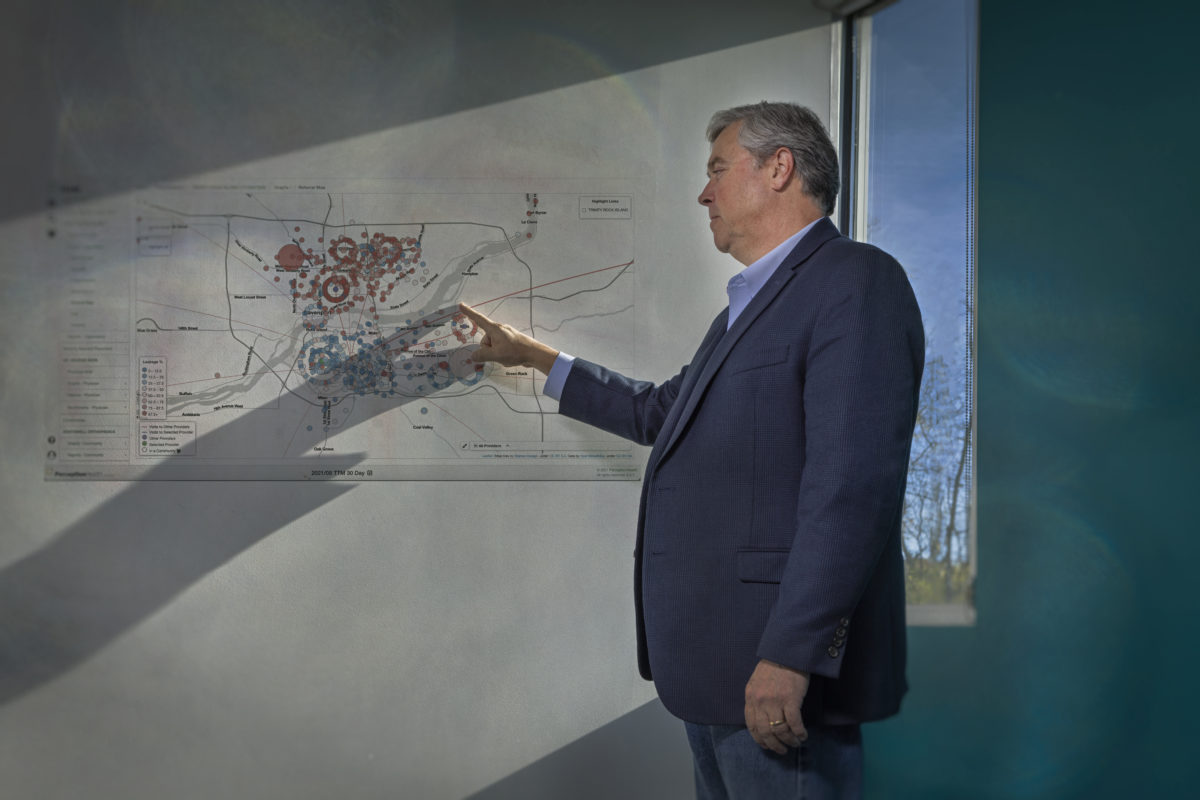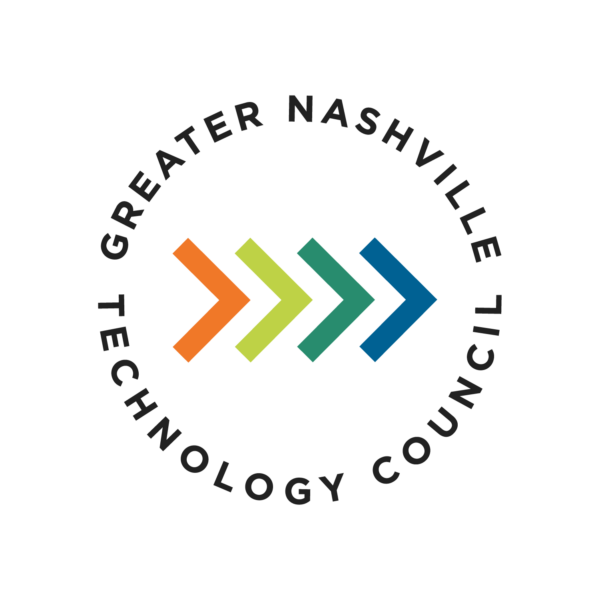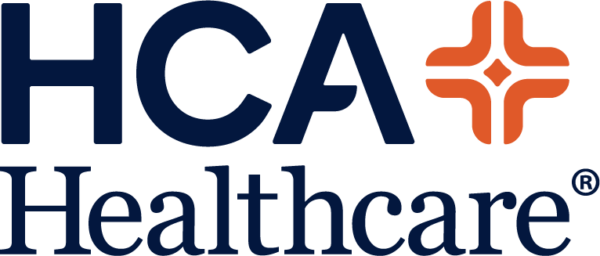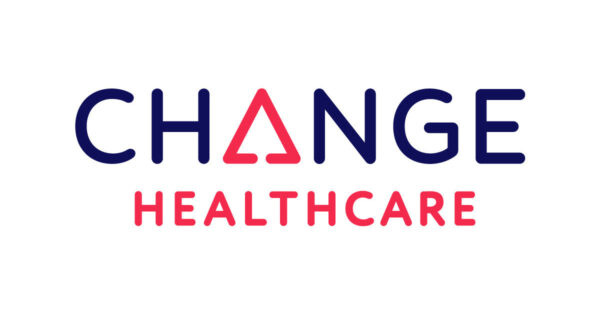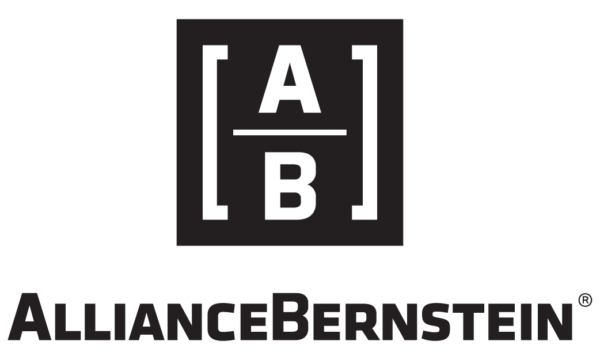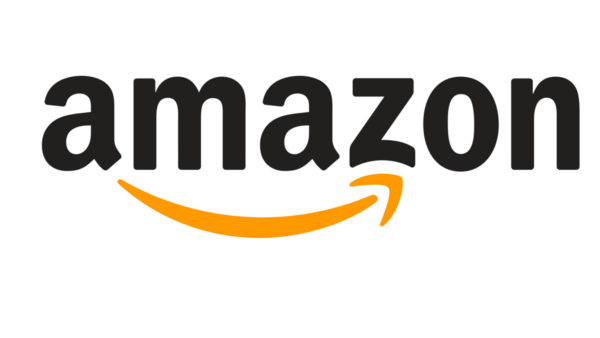The healthcare industry is a massive collection of significant information. However, in an industry so awash in data, how can those in the healthcare space make sense of large trends while they’re busy maintaining day-to-day operations and caring for their patients?
Perception Health (Perception) is a business that serves providers, partners, and self-insured employers. Perception offers its clients market position intelligence (TEAM), disease prediction (CARE), and medical coding crosswalks that map patient information (CODE). With these three products, Perception helps its clients grow revenue, lower the costs of care, avert negative outcomes of disease diagnosis, and boost the effectiveness of healthcare providers.
Founder and Chief Data Scientist Tod Fetherling has been in healthcare analytics for over three decades. “All I know is healthcare,” Tod says. “That’s where I focus my time and energy.”
His work in healthcare analytics has caused him to interact with many people in the Nashville technology community. He’s served as the former President and CEO of the Nashville Technology Council, and currently holds the title of President of the Healthcare Information and Management Systems Society Tennessee Chapter (Tennessee HIMSS).
“I spend most of my time each day thinking about the problems affecting health care. I work at connecting the raw data that’s available from health care to those problems in a way that’s visually pleasing,” Tod explains. Whether it’s a query for a single healthcare provider or a broad look that tracks data related to disease progression throughout the United States, Perception handles 28 billion medical claims across 6.2 million clinical providers, which represents 280 million people across the country.
Since he’s been in the analytics game, Tod has received positive feedback from people regarding the work he’s done. Without doubt, his career in healthcare analytics has helped improve the quality of life for patients via disease prediction. He says that his work for one healthcare client helped five women over a period of 90 days get care for breast cancer that they didn’t even know they had. His hard work was a clear game-changer and resulted in both early detection and treatment.
“It makes you feel so good about what you’re doing and when you can impact patient lives, using data and analytics,” Tod says.
Though appreciated by its peers in healthcare, Perception is a small analytics company, employing 20 employees. However, this small size is to their advantage, as it means that they focus their efforts and stay in one lane. Tod explains, “The difference between us and maybe a larger analytics company is we are solely focused on our three products… So, we’re using this focus to fuel growth opportunities for many of our hospital and health system clients. Our CARE [disease prediction] product is being used by both providers as well as employers today, and we’re very, very bullish on how far we can grow care.”

According to Tod, there are two major initiatives that Perception is working on presently, which are improvements related to benchmarking and forecasting for their clients.
Tod explains, “A lot of times… I can tell you what an individual physician is doing, but I need to put it in a context with what other providers in that same specialty—the same market—are performing. Is this provider unproductive or super productive? Do they have good outcomes or bad outcomes? Do they have high charges or low charges? And those are the things that clients and particular users of analytics need to be able to add context to what the information says.”
Tod says that this gets Perception closer to what he calls “prescriptive analytics,” which is defined as the “use of technology to help intervene that helps the provider and the patient to make better decisions about their care.” Prescriptive analytics is one of four layers of analytics that are relevant to the healthcare industry, which also includes “descriptive analytics” (which inform a physician what’s going on with the patient), “diagnostic analytics,” (which explains the root cause), and predictive analytics, (which forecast future outcomes).
Perception’s location in Nashville means that it’s closer to the data it processes—and the experts are reinventing medicine. “Within Nashville, we are a ‘transaction town.’ Any given day, we have billions of records that are coming through Nashville for healthcare, with HCA, LifePoint, or Community Health Systems—all of those. We have Change Healthcare, the largest clearinghouse in the country, and they have their transactions. We have Experian Health [formerly Passport Health]. All of that data comes through Nashville every day.” With bigger, faster transactions going on, he says that it’s like the area has its own programming languages. Those technology workers who want to excel in an industry need to be in proximity to the tech, the data, and the leaders whose conversations are shaping processes.
Referencing a project for Tennessee HIMSS, Tod says that the organization and Belmont University created the Health Information Technology (HIT) Accelerator Program. He says that, while other cities would be challenged to find world-class healthcare leaders to come in and teach, the fact that HIMSS is located in Nashville means that nationally-recognized practitioners of medicine are a few blocks away.
“So, I would say that the healthcare information technology worker interested in analytics, machine learning, A.I.—you want to be as close to the data as you can. And that’s the advantage that we have in Nashville,” Tod states.
For the next few years, Perception will be paying attention to a few areas of interest—including artificial intelligence and machine learning (both supervised and unsupervised). Tod says that to date, Perception has spent a lot of time experimenting with machine learning, letting machine learning do the lion’s share of the work with regard to querying how patients get processed into specific medical procedures.
“The next area would be artificial intelligence,” Tod says. “So looking at the care journey a patient is on, at what point do we intervene? Make recommendations? Do other things? Because we know this patient is trending in this specific direction. That’s an area that we’re going to be spending a lot more time on in the future.”
For further information about Perception Health, be sure to visit their website and social media.
